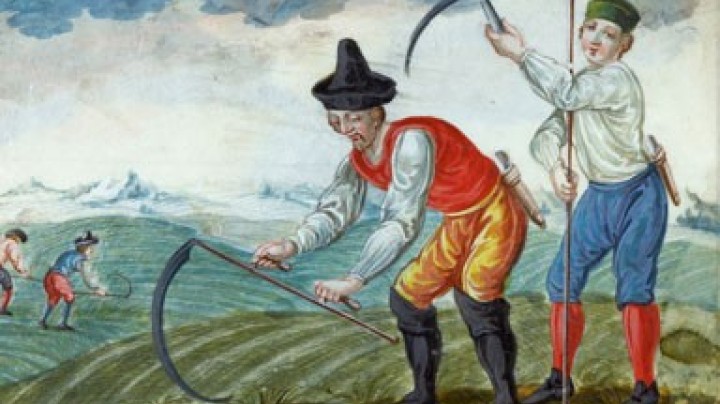Working at Court II: conditions of production
On taking up employment at court, an artist was admitted into the ‘court family’, although he remained equivalent in status to a craftsman. What were his actual conditions of work like?
Wage books and seating orders lumped artists together with barbers, tailors, cooks, musicians and dwarves. They thus occupied a subordinate position at court. However, there were many possibilities of improving one’s position. Rudolf II’s ‘personal painter’ Hans von Aachen virtually assumed the role of an ambassador, and later on Peter Paul Rubens was also entrusted with similar missions. Court artists such as these were well received at foreign courts when on their travels, and were regarded as highly influential.
These artists had a special position at court, but the taint of the parvenu attached to them, and they were subject to the envy and ill will of other court employees and their fellow-artists.
On joining the imperial household they received free clothing, board and lodging or were given a corresponding sum of money. Some of them had houses outside the court placed at their disposal and were able to keep away from the daily routine of the court. A special and much sought-after form of employment was that of ‘supplier to the court’: the latter lived in the city and was not obliged to be present at the court, but was nevertheless a court employee.
Artists were paid by the hour, the day or the week. The most coveted forms of payment were annual salaries, which could be commuted into a lifelong pension, or secured with grants of land or houses as well as additional sums of money. However, court artists had no legitimate claim to a pension, as these were only a ‘favour’ granted by the prince. Their salaries varied greatly, and on the death of a prince the position had to be confirmed by his successor.
When a prince ran out of money, court artists were frequently compelled to work for other courts or patrician patrons from the upper-middle classes. Artists mostly owned the rights to their paintings, as they were paid for their readiness to provide their work as and when required, not for the works themselves, but the prince could grant himself a right of pre-emption or ‘option to purchase’. When a regulation of this kind obtained, the sale of individual works offered a welcome source of additional income. Artists could also present a work as a gift to their patron and receive a gift in return, mostly in the form of money.














